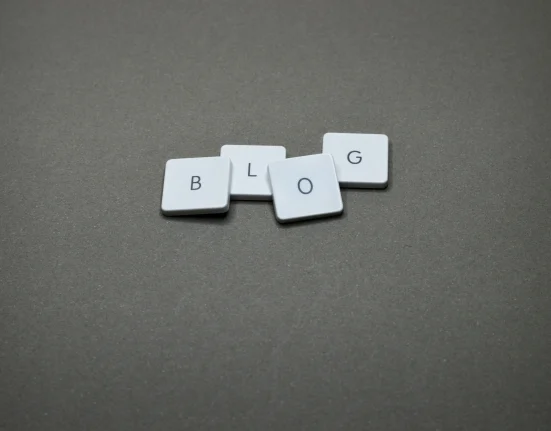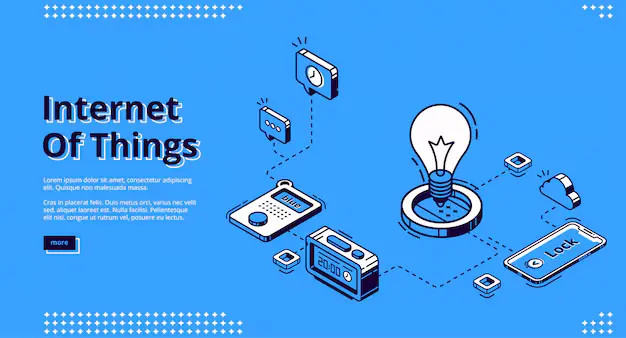Marketing in the Era of the Internet of Things (IoT) represents a significant shift in how businesses interact with consumers, gather data, and deliver personalized experiences. The IoT refers to the network of interconnected devices that collect, exchange, and act on data, enabling smarter decision-making and automation. For marketers, this opens up new opportunities to engage with customers in real-time, deliver hyper-personalized content, and optimize campaigns based on actionable insights. Here’s a breakdown of how IoT is transforming marketing:
1. Hyper-Personalization
IoT devices generate vast amounts of data about user behavior, preferences, and habits. Marketers can leverage this data to create highly personalized experiences.
- Examples:
- Smart home devices like thermostats or refrigerators can suggest products based on usage patterns (e.g., recommending groceries when supplies run low).
- Wearable fitness trackers can offer personalized health and wellness product recommendations.
2. Real-Time Engagement
IoT enables real-time interactions between brands and consumers, allowing marketers to respond instantly to customer needs.
- Examples:
- Retailers can send location-based offers to shoppers’ smartphones as they enter a store.
- Smart appliances can notify users of maintenance needs or upgrades, creating opportunities for timely marketing messages.
3. Enhanced Customer Insights
IoT devices provide granular data on how consumers interact with products and services, offering deeper insights into customer behavior.
- Examples:
- Connected cars can track driving habits, enabling automakers to offer tailored insurance or maintenance services.
- Smart TVs can provide data on viewing habits, helping advertisers target audiences more effectively.
4. Seamless Omnichannel Experiences
IoT bridges the gap between online and offline channels, creating a cohesive customer journey.
- Examples:
- A customer browsing products online can receive notifications about in-store availability or promotions.
- Smart mirrors in fitting rooms can suggest complementary items based on what the customer is trying on.
5. Predictive Analytics and Automation
IoT data can be used to predict future behavior and automate marketing efforts.
- Examples:
- Predictive maintenance alerts from IoT-enabled devices can trigger automated email campaigns for replacement parts or services.
- Smart appliances can reorder consumables (e.g., detergent, coffee pods) automatically, creating opportunities for subscription-based marketing.
6. Improved Customer Experience
IoT enhances the overall customer experience by making interactions more convenient and relevant.
- Examples:
- Hotels using IoT can personalize room settings (temperature, lighting) based on guest preferences.
- Restaurants can use IoT-enabled menus to suggest dishes based on dietary preferences or past orders.
7. New Revenue Streams
IoT enables businesses to offer value-added services and monetize data.
- Examples:
- Manufacturers can offer subscription-based services for IoT-enabled products (e.g., premium features for smart home devices).
- Data collected from IoT devices can be anonymized and sold to third parties for market research.
8. Challenges and Considerations
While IoT offers immense potential, marketers must address several challenges:
- Privacy Concerns: Consumers are increasingly wary of how their data is collected and used. Transparency and consent are critical.
- Data Security: IoT devices are often vulnerable to cyberattacks, requiring robust security measures.
- Integration Complexity: Combining IoT data with existing marketing systems can be technically challenging.
- Regulatory Compliance: Marketers must adhere to data protection regulations like GDPR and CCPA.
9. Future Trends in IoT Marketing
- Voice-Activated Marketing: As smart speakers and voice assistants become more prevalent, voice search optimization and voice-based advertising will grow.
- AI and Machine Learning Integration: AI will play a key role in analyzing IoT data and automating marketing decisions.
- Edge Computing: Processing data closer to the source (e.g., on the device itself) will enable faster, more efficient marketing responses.
- Sustainability Marketing: IoT can help brands promote eco-friendly practices, such as energy-efficient smart home devices.
Marketing in the IoT era is about leveraging connected devices to create smarter, more personalized, and seamless customer experiences. By harnessing the power of IoT data, marketers can stay ahead of the curve, delivering value to consumers while driving business growth. However, success in this space requires a balance between innovation, privacy, and security to build trust and long-term customer relationships.






Leave feedback about this